The Chinese cemetery in Manila, Philippines, is called "Little Beverley Hills," with the connotation of grandeur, luxury, and wealth. There are villas build as two to three stories with full amenities, and there are even plots of land in the cemetery.
Manila Chinese Cemetery
The Chinese cemetery in Manila was built in the late 19th century when the Chinese were not allowed to bury Catholic cemeteries under Spanish colonial rule. At that time, the Chinese were one of the wealthiest people in Manila. To demonstrate their prosperity and growth, they built an incredibly monumental cemetery.
Walking into the Chinese cemetery in Manila, Philippines, you might think you're visiting a suburb. There is a two-way street with houses and villas with 2, 3 floors high. These houses are mausoleums but fully equipped with convenient functions for modern life such as air conditioning, hot and cold bathrooms, toilets, and stoves. The place has the style and size of a small luxury residential condominium, with many tombs that are luxurious mansions with all modern amenities included! Some of these buildings even have full-time residents who see no problem sharing their space with the dead.
First Image / Source
 |
| Philippine cemetery |
Image / Source
Manila Cemetery, North Philippines
The unconventional cemetery was first established by the Chinese commercial community in Manila when Spanish settlers prevented them from using Catholic cemeteries. They were forced to find their own space to bury their dead, and it seems that they really personalized everything to their liking, making sure their loved ones were comfortable even in the "afterlife". Therefore, if a family can afford it, they make a beautiful home for them after the deceased's life. Interestingly, children are not buried in Chinese cemeteries. All are cremated, and the ashes are kept in a unique building inside the graveyard.
Given how comfortable and luxurious these tomb houses are, it is not surprising that many visiting relatives live there permanently. Some residents of the Chinese Cemetery say they have been there since birth.
All modern amenities are available, including electricity, water, drainage, telephone lines, cellular connectivity, wifi and even a local restaurant. Those visiting their dead relatives can bring food and stay here for the weekend. To this day, ostentatious tombs continue to be erected to prove the deceased's family's wealth. The rent for a plot of land in the cemetery can be up to 50 million pesos (Philippines currency "Peso") for 25 years. After this time, the family will have to pay another 50 million pesos, or the grave will have to be moved to another location.
There are several famous landmarks in the cemetery, such as Chong Hock Tong Temple – the oldest Chinese temple in Manila; The Hall of Martyrs was built in 1950 to honor Chinese leaders massacred by Japanese soldiers during World War II, or the Ruby Memorial Tower is dedicated to those of Chinese descent who died in the 1968 earthquake.
 |
| Cemetery Philippines |
Image / Source
 |
| Cherished Mausoleum |
Image / Source
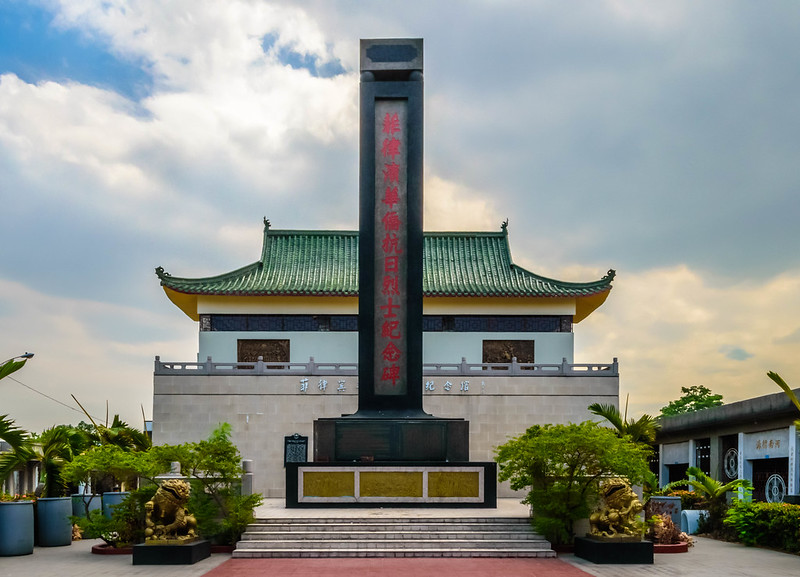 |
| Philippines cemetery |
Image / Source
 |
| Abandoned Mausoleum |
Image / Source
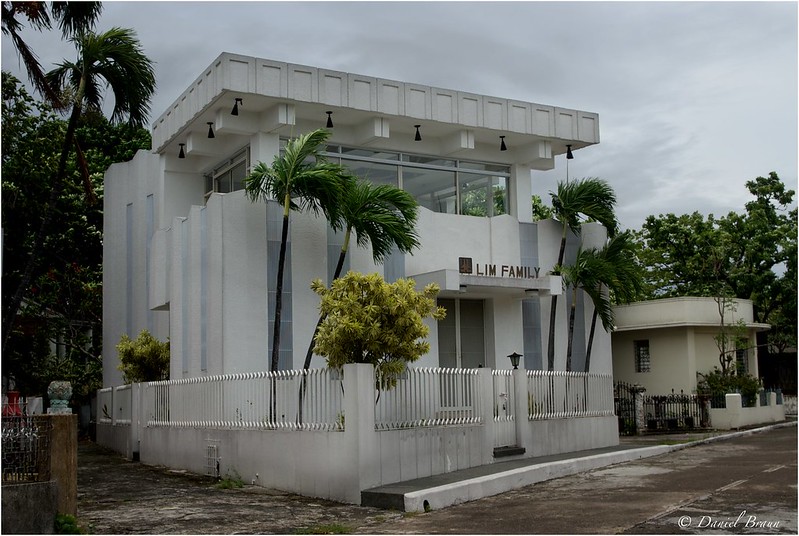 |
| This is not a house, but just a (high end) shrine ! Chinese cemetery, Manila. |
Image / Source
 |
| Cemetery in the Philippines |
Image / Source
 |
| Mausoleum Row Painterly version of a shot of a street lined with Mausoleums in the Manila Chinese Cemetery. |
Image / Source
 |
| Manila North Cemetery |
Image / Source
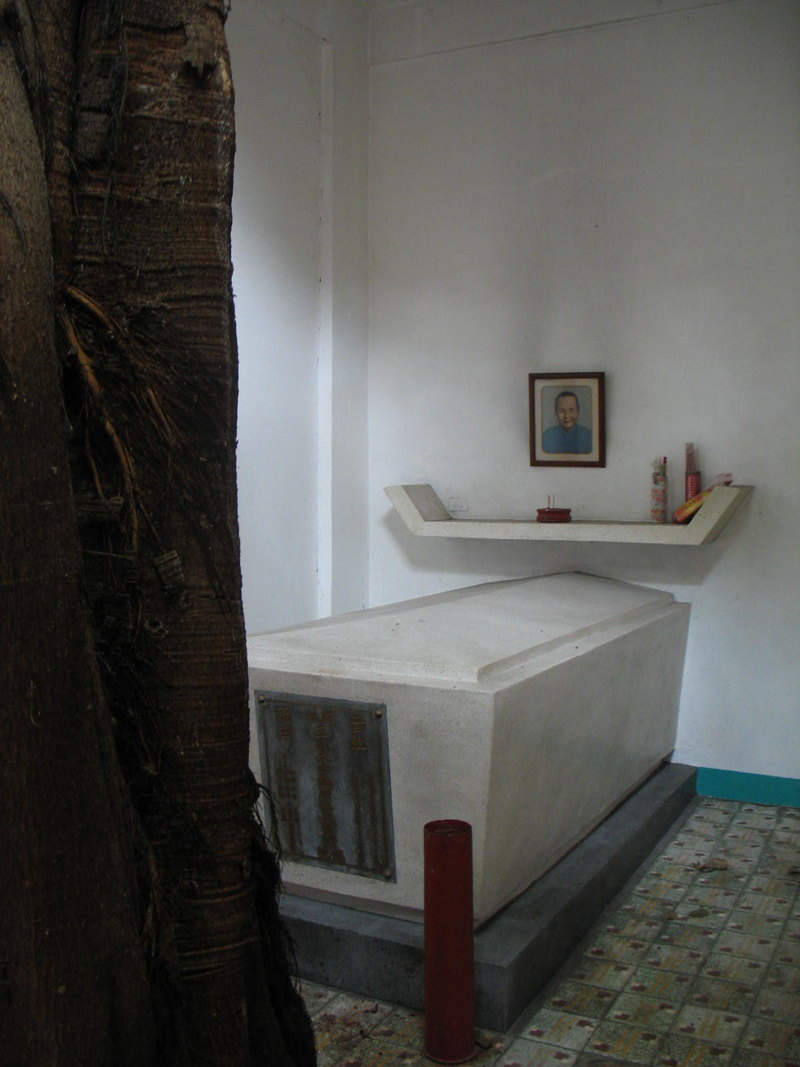 |
| North Philippines |
Image / Source
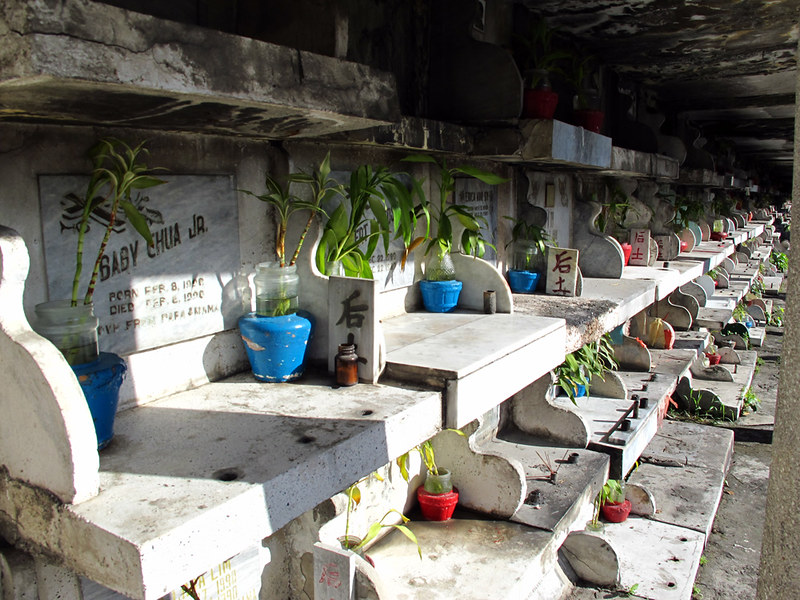 |
| Manila cemetery |
Image / Source
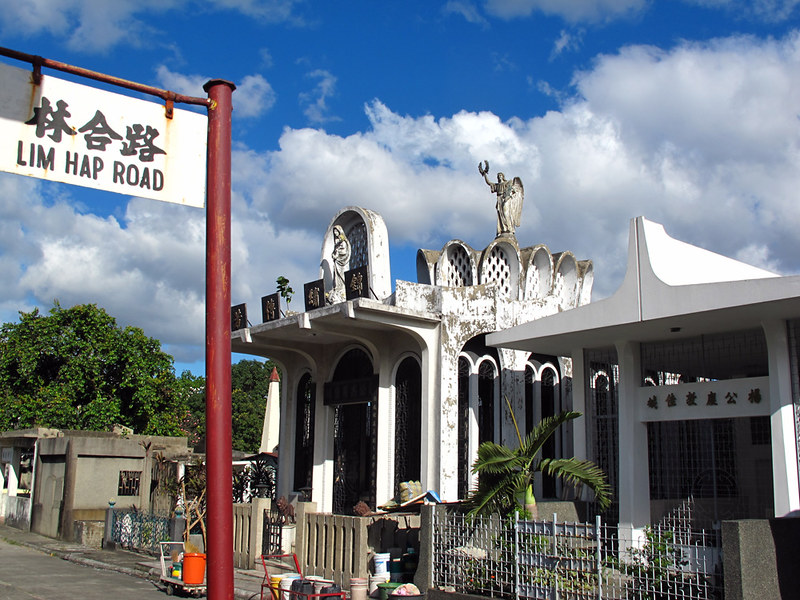 |
| Philippine mausoleum design |
Image / Source
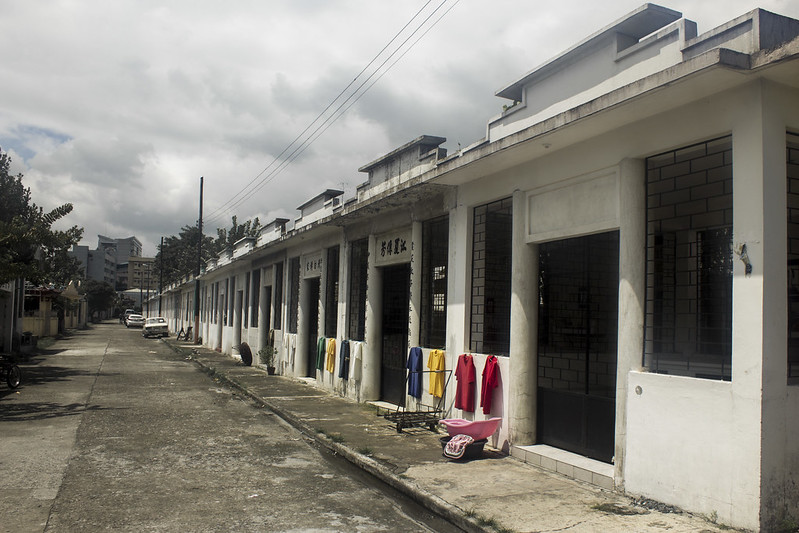 |
| North cemetery |
Image / Source
 |
| Cemetery in Philippines |
Image / Source
Manila North Cemetery | The Chinese Cemetery in the Philippines — Video


No comments:
Post a Comment